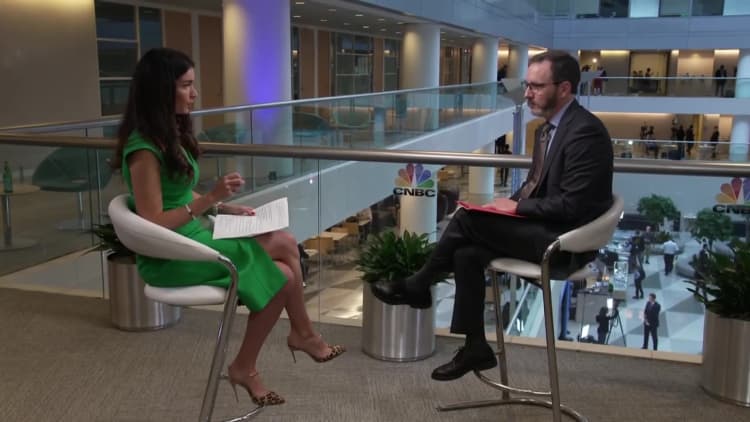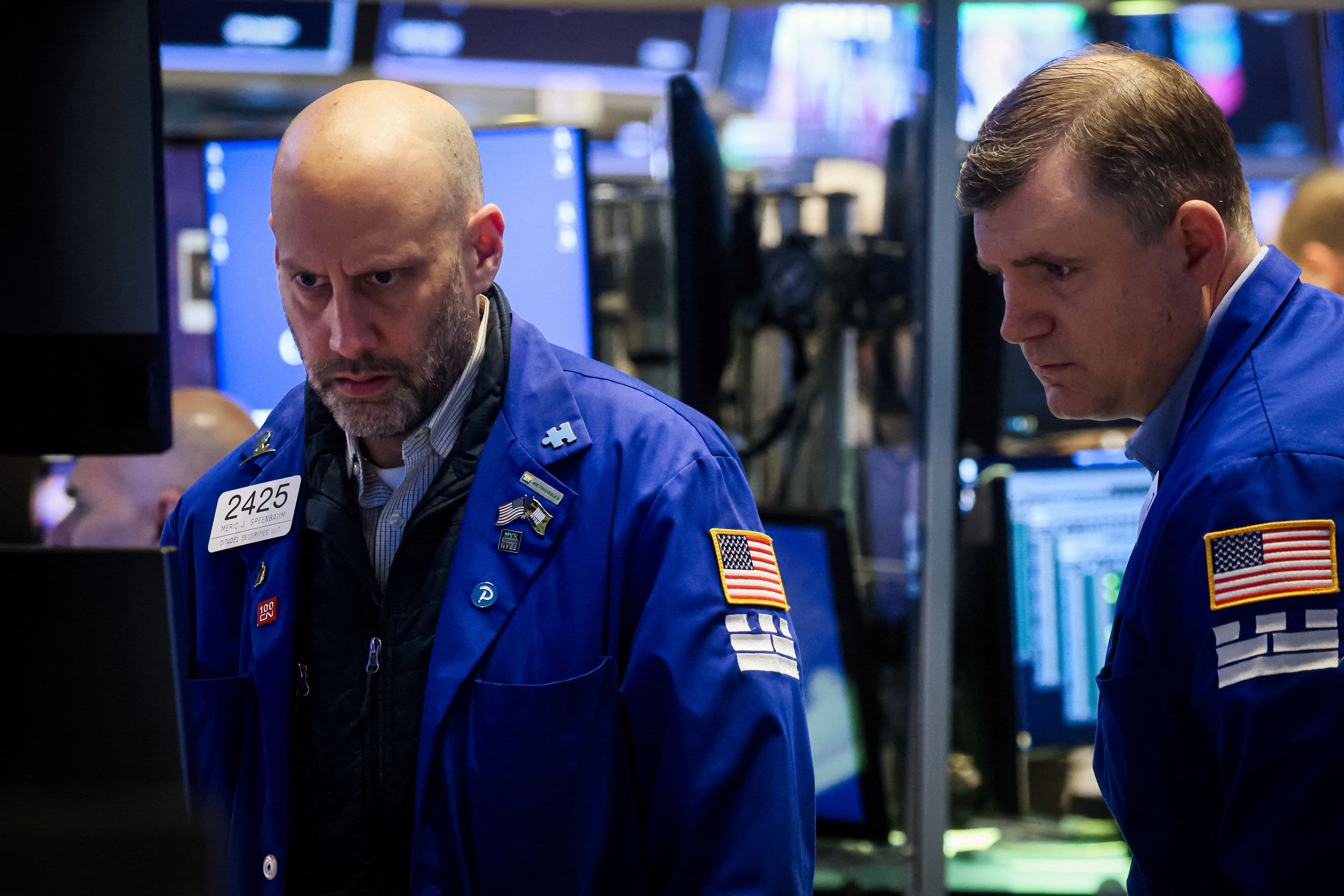- Banks are facing higher costs and losses on some assets, putting them in a “more precarious situation” and potentially leading to a pull-back in lending, IMF Chief Economist Pierre-Olivier Gourinchas told CNBC.
- Significant further tightening of lending is a risk to its 2.8% global growth forecast, he said, taking it to 2.5% or even 1% in a severe downside scenario.
- However central banks and financial authorities have shown they have the tools to address pockets of instability, he added, and should remain focused on bringing down inflation.

Interest rate rises have increased banks’ vulnerabilities — and their response presents a significant risk to global growth, the International Monetary Fund’s chief economist warned Tuesday.
“We are concerned about what we have seen in the banking sector, particularly in the U.S. but maybe also in other countries, might do to growth in 2023,” Pierre-Olivier Gourinchas told CNBC’s Joumanna Bercetche in Washington, D.C.
related investing news
Central bank hikes have increased funding costs for banks, while lenders have also seen some losses in assets like long-term bonds.
“Banks are in a more precarious situation. They have healthy cushions, but it’s certainly going to lead them to be a little bit more prudent and maybe cut down lending somewhat,” Gourinchas said.
In one scenario, the IMF sees funding conditions for banks tightening further and squeezing lending, bringing its forecast of 2.8% global growth in 2023 down to 2.5%.
Gourinchas said its models had also forecast a more adverse scenario where financial stability is not contained.

“That would lead to massive capital flows from the rest of the world trying to go back to safety, going to U.S. Treasurys, dollar appreciation, increasing risk premia, loss of confidence,” he said. In this scenario, the IMF sees the world economy growing at about 1% for this year. But the likelihood of this is comparatively low, Gourinchas noted, at about 15%.
The IMF on Tuesday released its latest global growth report, which contained its weakest medium-term growth expectations for more than 30 years.
Financial stability has been in the spotlight in recent months, amid the collapse of several U.S. banks, the swift sale of Credit Suisse
in Europe, and turmoil in the U.K. bond market that nearly toppled pension funds last fall.
Gourinchas told CNBC that the debate around central bank rate hikes had shifted from growth versus inflation to financial stability versus inflation.
He said central banks and financial authorities have shown they have the tools to address pockets of instability, for example U.S. regulators guaranteeing deposits for Silicon Valley Bank customers and Bank of England gilt purchases. “Monetary policy should stay focused on bringing inflation down, that’s our recommendation at this point,” Gourinchas concluded.






No comments:
Post a Comment